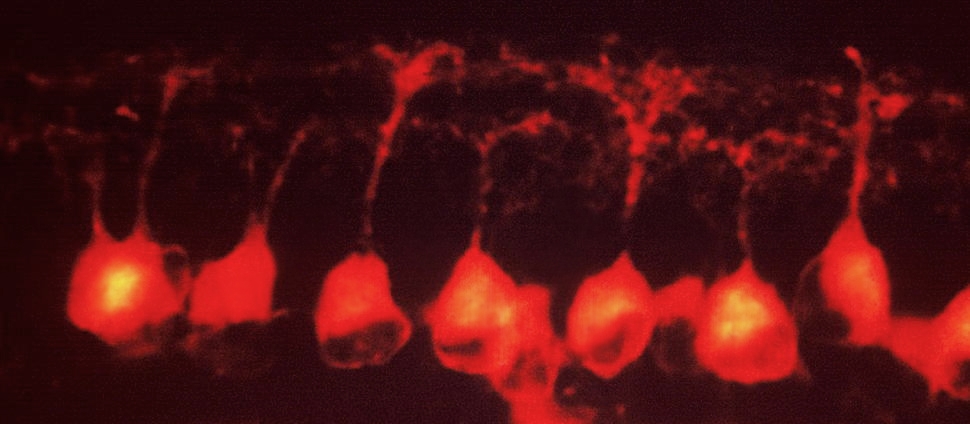Document Type
Article
Publication Date
5-1-2018
Publication Title
Developmental Science
Abstract
Adolescence is a unique developmental period when the salience of social and emotional information becomes particularly pronounced. Although this increased sensitivity to social and emotional information has frequently been considered with respect to risk behaviors and psychopathology, evidence suggests that increased adolescent sensitivity to social and emotional cues may confer advantages. For example, greater sensitivity to shifts in the emotions of others is likely to promote flexible and adaptive social behavior. In this study, a sample of 54 children and adolescents (age 8–19 years) performed a delayed match-to-sample task for emotional faces while undergoing fMRI scanning. Recruitment of the anterior cingulate and anterior insula when the emotion of the probe face did not match the emotion held in memory followed a quadratic developmental pattern that peaked during early adolescence. These findings indicate meaningful developmental variation in the neural mechanisms underlying sensitivity to changes in the emotional expressions. Across all participants, greater activation of this network for changes in emotional expression was associated with less social anxiety and fewer social problems. These results suggest that the heightened salience of social and emotional information during adolescence may confer important advantages for social behavior, providing sensitivity to others’ emotions that facilitates flexible social responding.
Volume
21
Issue
3
DOI
10.1111/desc.12571
ISSN
1363755X
Version
Author's Accepted Manuscript
Recommended Citation
Rosen, Maya L.; Sheridan, Margaret A.; Sambrook, Kelly A.; Dennison, Meg J.; Jenness, Jessica L.; Askren, Mary K.; Meltzoff, Andrew N.; and McLaughlin, Katie A., "Salience Network Response to Changes in Emotional Expressions of Others is Heightened During Early Adolescence: Relevance for Social Functioning" (2018). Neuroscience: Faculty Publications, Smith College, Northampton, MA.
https://scholarworks.smith.edu/nsc_facpubs/146


